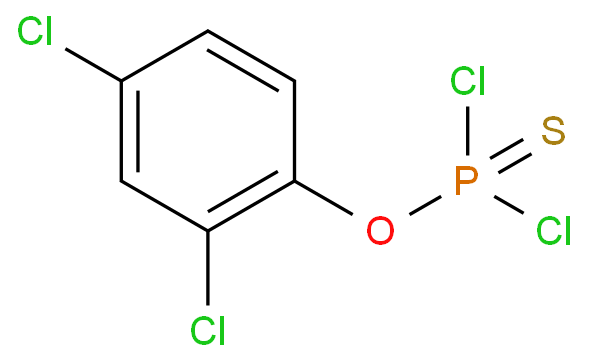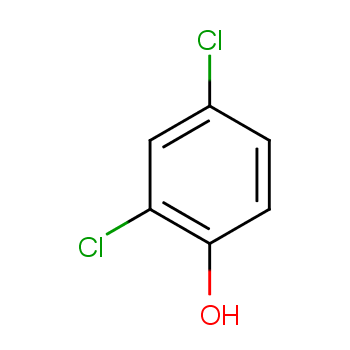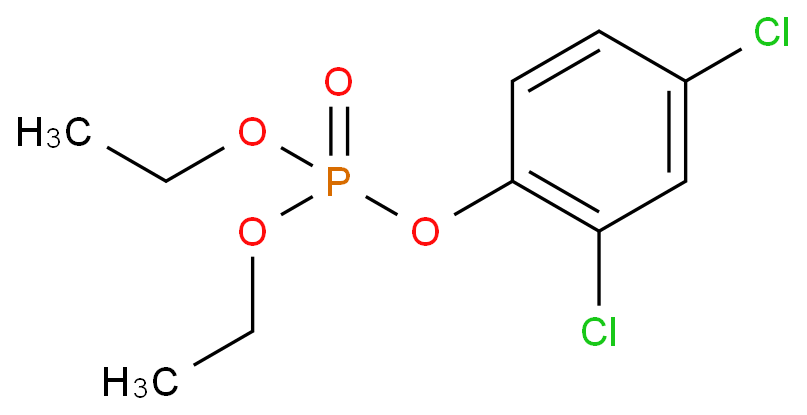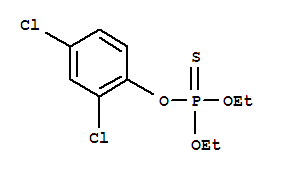-
DICHLOFENTHION
- CAS:97-17-6
- MW:315.153181
- MF:C10H13Cl2O3PS
DICHLOFENTHION, with the chemical formula C10H14Cl2O2PS and CAS registry number 97-17-6, is a compound known for its use as an organophosphorus insecticide. This colorless to light yellow liquid is characterized by its dichloro and phosphorothioate functional groups. It is commonly used to control a wide range of pests in agriculture and horticulture, including aphids, mites, and whiteflies. DICHLOFENTHION acts by inhibiting the activity of acetylcholinesterase, an enzyme essential for the proper functioning of the nervous system in insects. However, it is important to note that DICHLOFENTHION has been classified as a hazardous substance and should be handled with care. It is recommended to follow proper safety precautions and guidelines when using this compound.
View more+
1. Names and Identifiers
2. Properties
3. Use and Manufacturing
4. Safety and Handling
5. MSDS
6. Synthesis Route
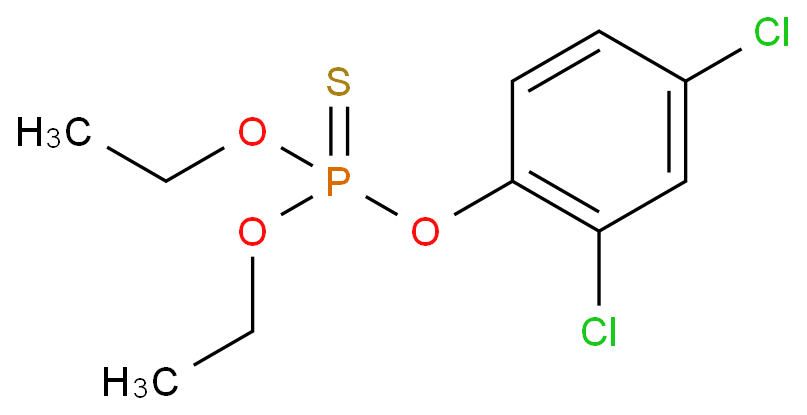
 EN
EN



